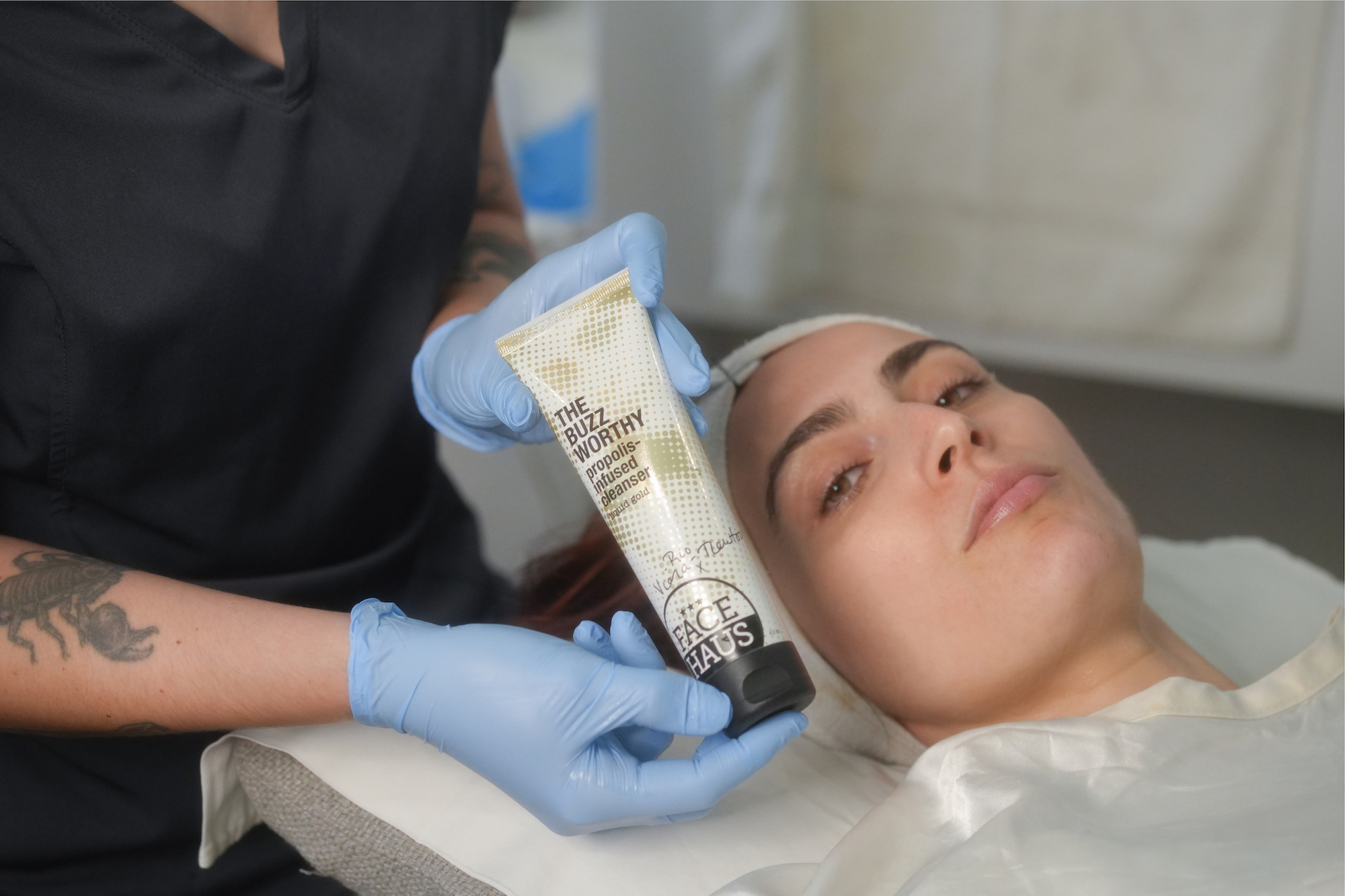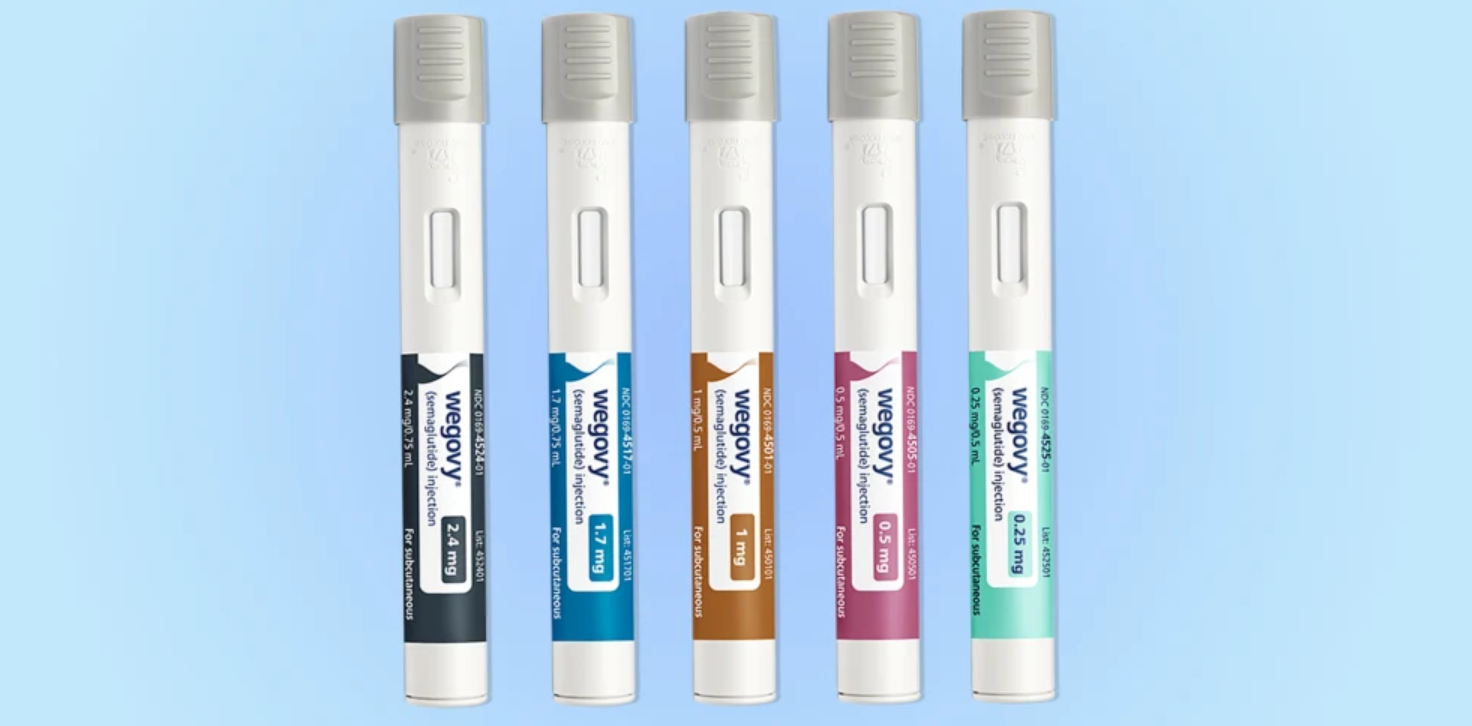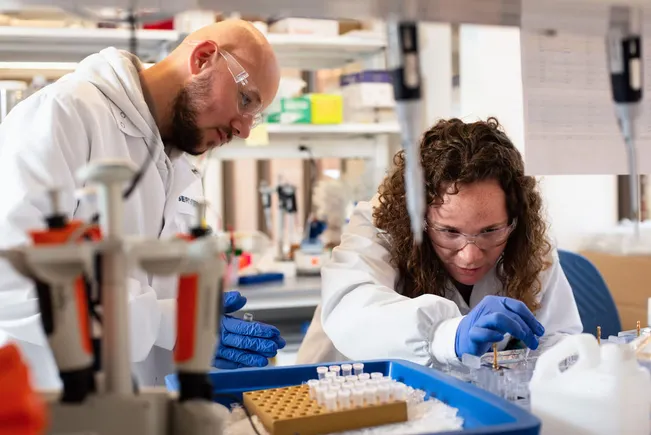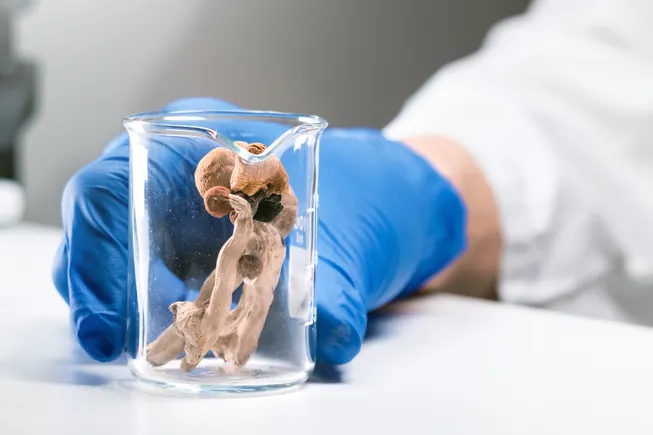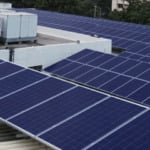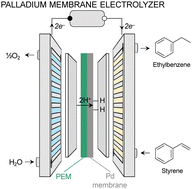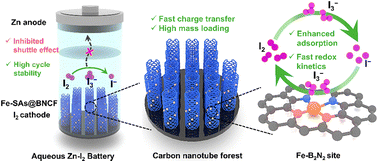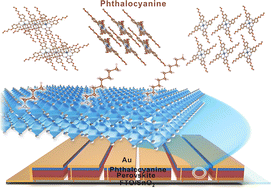Rational Design of Molecular Passivator to Mitigate Surface Defects and Stabilize Organic Cation in Perovskite Photovoltaics
Advanced Energy Materials, EarlyView.

Surface defects and unstable organic components in FA-based perovskites limit their efficiency and operational stability. In this work, a pyrazine-based passivation molecule is designed, and its electronic properties and steric configuration through methylation, thereby improving binding affinity and hydrogen bonding to achieve more stable FA-based perovskites.
Abstract
Pure iodide FA-based perovskites are one of the most promising light-absorbing materials for photovoltaics (PVs). However, high-density surface defects and unstable organic components within the FA-based perovskites not only reduce efficiency but also compromise operational stability. Herein, a rational molecular design strategy is reported to optimize the electronic structure and steric hindrance of pyrazine-based passivated molecules, enabling stable FA-based perovskite PVs. Both theoretical and experimental results reveal that pyrazine can effectively passivate positive charge defects, though its efficacy is limited by low electron cloud density and insufficient steric hindrance. The introduction of methyl groups in the pyrazine ring can effectively fine-tune the electronic structure and spatial properties of the passivated molecules. Full substitution of the hydrogen atoms on pyrazine with trimethyl groups achieves an optimal balance between electronic modulation and steric effects. The optimized pyrazine-based passivated molecule exhibits significantly improved defects passivation effect by enhancing binding affinity between the pyrazine ring and the perovskite, while simultaneously stabilizing FA+ cation through strengthening hydrogen bonding. Finally, the optimized FA-based device demonstrates an efficiency of 25.93%, and the unencapsulated devices retain 94% of their initial efficiency after 1000 h maximum power point tests in the nitrogen atmosphere at 25 °C.














































